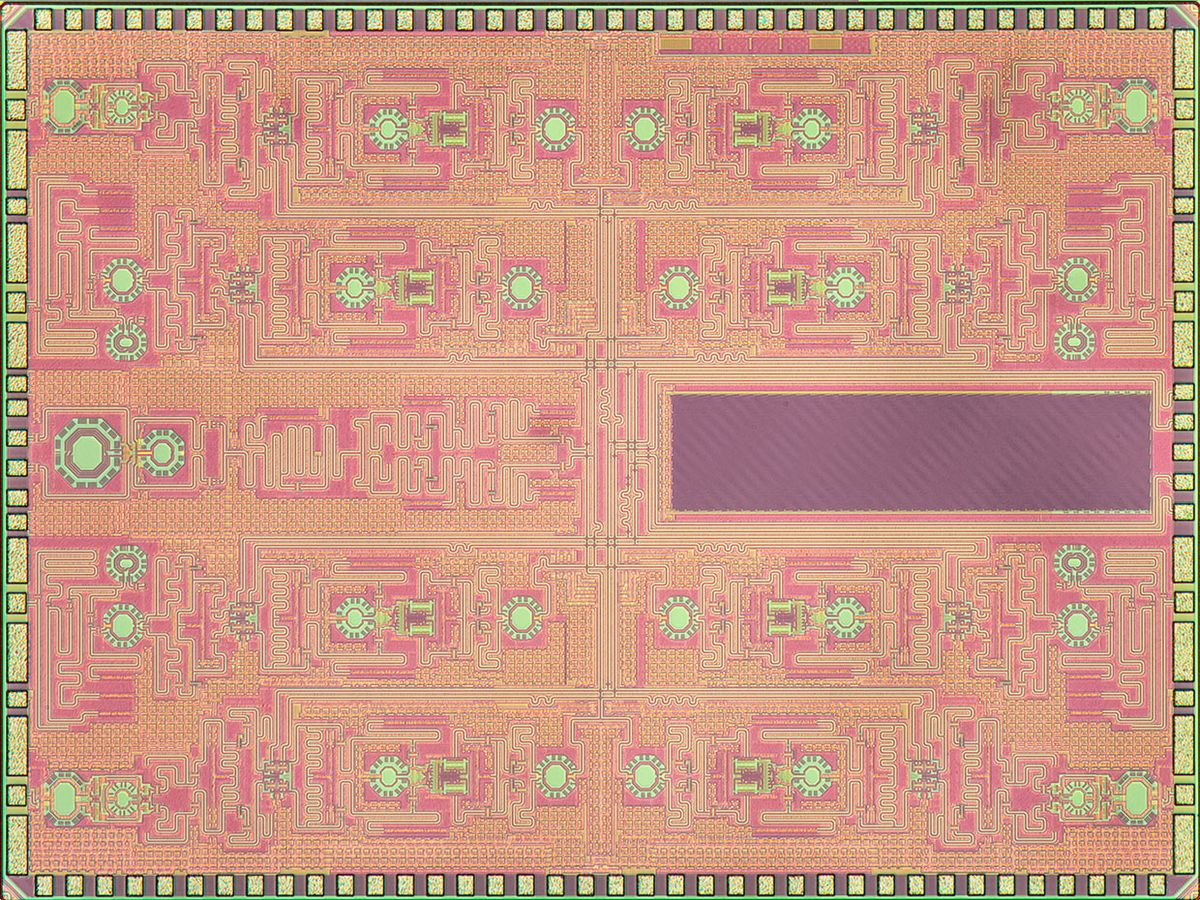If there is one main driving force pushing 5G networks for mobile communications toward commercial reality, it is most likely the need for more radio spectrum. To attain that increased spectrum, 5G networks will use the millimeter-wave spectrum—the radio spectrum above 6 gigahertz. While that certainly broadens the number of frequencies to which these networks have access, it comes at the price of signals not navigating through buildings or other obstacles very effectively.
Overcoming this shortcoming is the job of one of the key enabling technologies for 5G networks: directional phased-array antennas. In short, they electronically steer radio waves in a desired direction. Traditionally, phased-array antennas operate by creating phase shifting in the radio frequency (RF) path to steer beams in a particular direction. Unfortunately, the RF phase shifter degrades signal quality.
Now, researchers in Japan have taken an entirely new approach. They use something called a local oscillator to steer the beams. These local oscillators, in combination with a mixer, can change the frequency of the signal. The scientists, from the Tokyo Institute of Technology, believe that this new approach will lead to large-scale phased-array transceivers capable of increasing communication distance, data rate, and network capacity.

The team presented its work last week at the IEEE Radio Frequency Integrated Circuits Symposium 2018. To create their 28-GHz transceiver with its local oscillator phase-shifting approach, they designed a circuit that allows the transceiver to shift the phase of the local oscillator in very small steps. This produces an antenna array that can be made to point toward the desired direction with a precision an order of magnitude more accurate than previous designs, according to the researchers.
“With local oscillator phase-shifting approach, we have no need to concern ourselves with the signal quality degradation,” said Kenichi Okada, a professor at the Tokyo Institute of Technology, who presented this research. “The result is accurate phase shifting with small power consumption and a small on-chip area overhead.”

Okada points out that the portion of the spectrum below the 6 GHz band was used for mobile communication because it benefits from a smaller free-space path loss. That’s the signal strength loss that occurs when an electromagnetic wave travels over a line of sight path in free space. “However, the incoming 5G mobile networks utilizing the millimeter-wave band demand a much larger array size due to the increased free-space path loss.” He added: “As a result, an accurate beam control with low latency experience will be essential.”
In future research, Okada and his team will be looking beyond 5G. He explains that today’s wireless communication is based on omnidirectional radiation (the radio wave is radiated in all directions). Now he is looking at multidirectional communication.
In this new paradigm, the radio wave is transmitted like a laser beam, and can be directed toward any arbitrary direction instantly. The beam can also be split and delivered to multiple target objects at the same time artificially and intelligently.
Okada added: “It will be one of the key technologies for beyond 5G technology.”
Dexter Johnson is a contributing editor at IEEE Spectrum, with a focus on nanotechnology.



